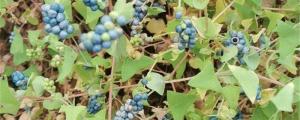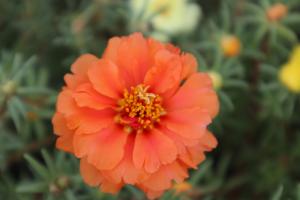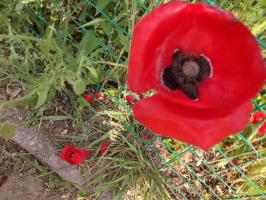Sowing and propagation
Before sowing Cornus officinalis, we must first select the seedling ground, level and fine it, ensure that it is loose, finely broken, flat, free of roots, stones and tiles, and apply a certain amount of base fertilizer
The second is to select strong and excellent mother trees. From September to October, fully mature fruits with large and full grains, no diseases and pests, no damage and dark red color were picked. Remove the pulp and keep the seeds for standby after disinfection. Wet sand and seeds can be stored in mixed sand, and seeds can be taken and sown in the second spring. If the seeds are sown in autumn, they can be sown after soaking the seeds in warm water not lower than 70 ℃, and then covered with film to promote germination after sowing
The spring sowing of Cornus officinalis is mainly carried out before and after the spring equinox. Dig out the seeds stored in the sand and sow them. Open a shallow ditch with a depth of about 5cm according to the row spacing of 30cm on the seedling raising ground, spread the seeds evenly into the ditch and cover the soil for 3 ~ 4cm. After that, keep the soil moist, and seedlings can appear in 40 ~ 50 days

Strip propagation
The layering propagation of Cornus officinalis is generally carried out after fruit harvest in autumn or before thawing buds sprout in the earth
Bend the two or three-year-old branches of Cornus near the ground to the ground, bury the branches in the soil, cover it with 15cm sandy soil, and the tip of the branches is exposed to the ground. After watering frequently and taking root, separate the long rooted strip from the mother plant and plant in another place

Cutting propagation
Cornus officinalis can be cut in mid and late May
Cut the branches from the excellent mother plant of Cornus officinalis, with a length of 15-20cm, retain 2-4 leaves, and insert them into the seedbed made by mixing humus soil and fine sand
After cutting, Cornus officinalis should be watered with enough water and covered with agricultural film to maintain the temperature of 26 ~ 30 ℃ and the relative humidity of 60% ~ 80%. Proper sun shading and strengthening the management of water and fertilizer can enable seedling emergence and colonization in late autumn, early winter or early spring of the next year


 how many times do yo...
how many times do yo... how many planted tre...
how many planted tre... how many pine trees ...
how many pine trees ... how many pecan trees...
how many pecan trees... how many plants comp...
how many plants comp... how many plants can ...
how many plants can ... how many plants and ...
how many plants and ... how many pepper plan...
how many pepper plan...































